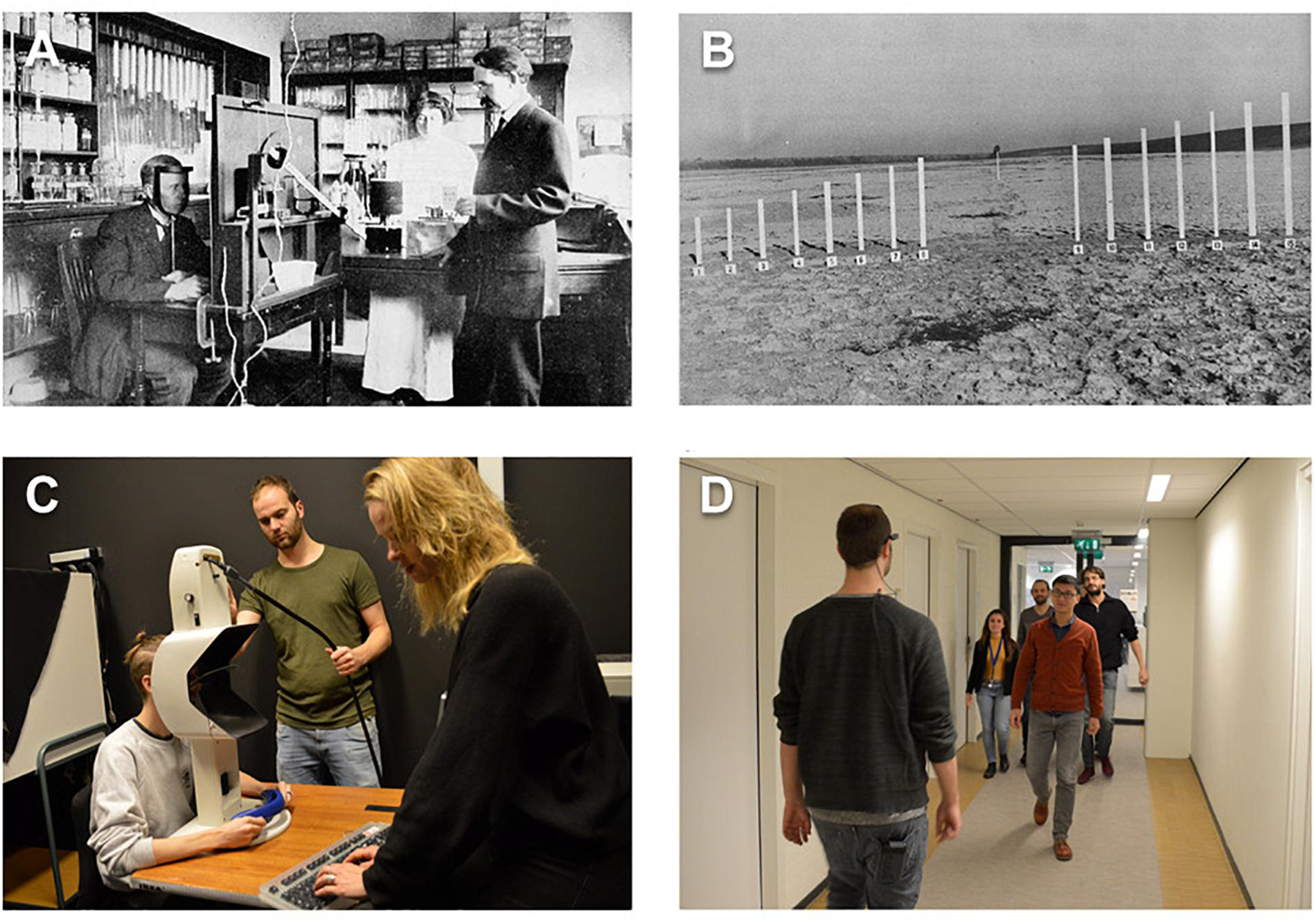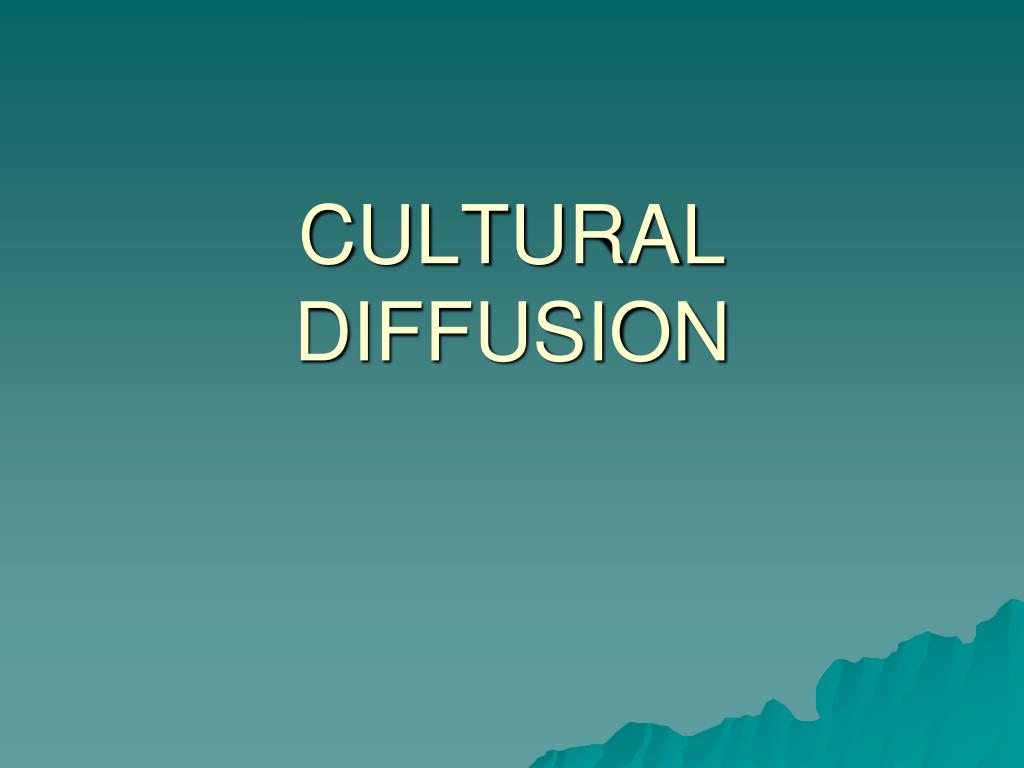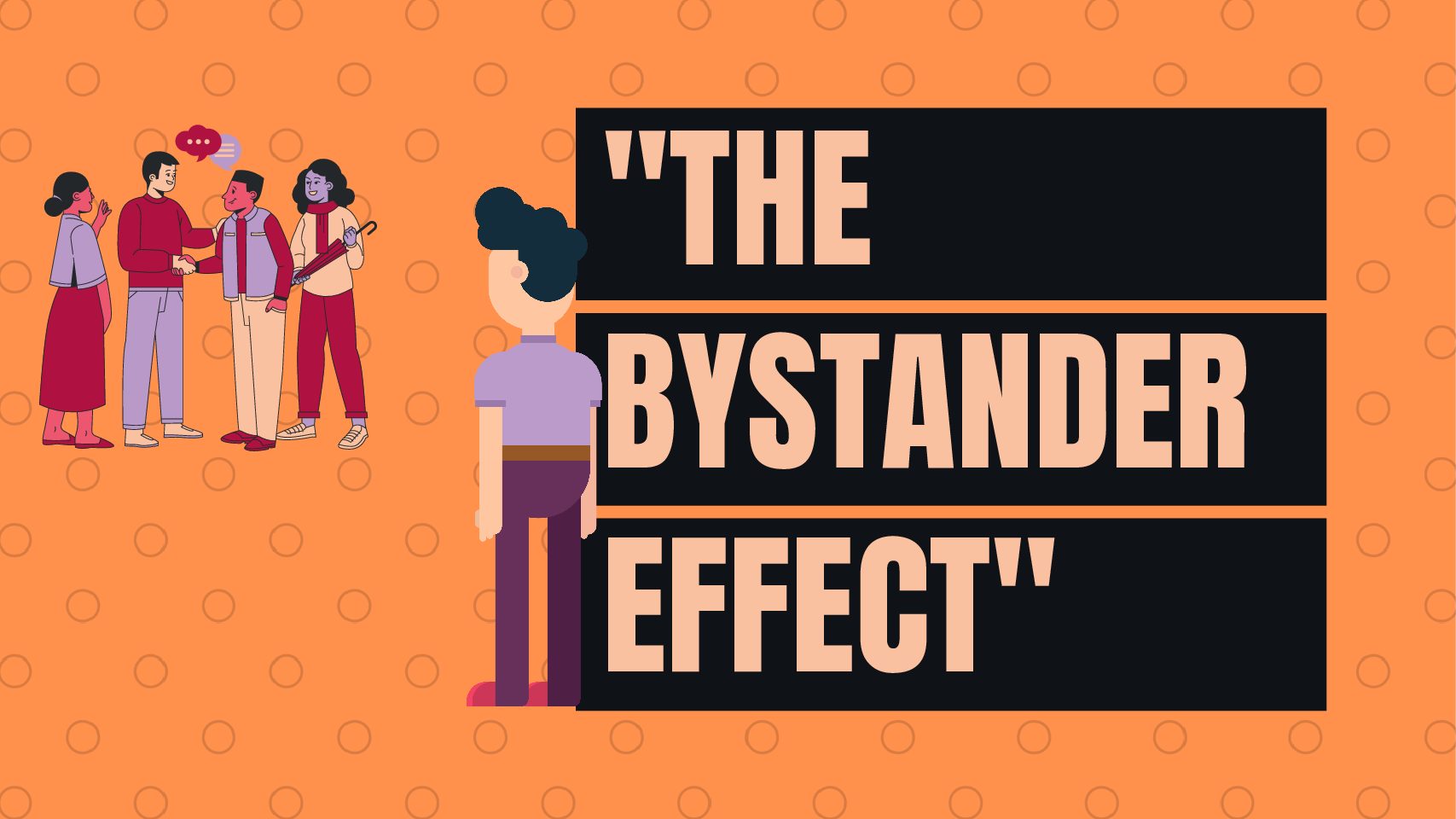Learning
Social Phenomena and Dynamics of Human Behavior

Human behavior is a complex tapestry woven by myriad threads of influences, beliefs, norms, and experiences. The study of social phenomena is an exploration into the intricate dynamics that shape how we interact, communicate, and make decisions within our societal frameworks.
From conformity and obedience to group polarization and cultural diffusion, these phenomena provide a window into understanding the multifaceted nature of human behavior. In this article, we delve into some intriguing social phenomena, unraveling their significance and shedding light on their impact on our lives.
Conformity: The Silent Force of Human Behavior
Conformity is a fascinating social phenomenon that explores our tendency to adjust our beliefs, attitudes, and behaviors to align with those of a larger group. As social creatures, we often seek acceptance and avoid standing out, leading us to change our views to match those of the majority.
Famous experiments like Solomon Asch’s line length experiment highlight the powerful sway of conformity, revealing how individuals may knowingly provide incorrect answers to fit in with the group’s consensus. Understanding conformity can shed light on societal norms, peer pressure, and the balance between individuality and collective identity.
Groupthink: The Danger of Consensus
Groupthink is a phenomenon that occurs when a desire for harmony within a group overrides rational thinking and critical analysis. In such scenarios, group members prioritize maintaining cohesion over making well-informed decisions.
The disastrous decision-making that led to the NASA Challenger and Columbia space shuttle accidents serves as a grim reminder of the pitfalls of groupthink. Recognizing the signs of groupthink can help organizations foster an environment that encourages diverse perspectives and constructive dissent.
Bystander Effect: The Diffusion of Responsibility
The bystander effect is a perplexing behavior observed when individuals are less likely to offer assistance to someone in need when others are present. The diffusion of responsibility within a group can lead to a phenomenon where each individual assumes someone else will take action.
The murder of Kitty Genovese in 1964 brought this phenomenon to public attention, prompting psychologists to explore why people might not intervene in emergencies. By comprehending the bystander effect, we can work towards creating a society that promotes empathy and active intervention.
Cognitive Dissonance: Striving for Internal Harmony
Cognitive dissonance is the psychological discomfort we experience when we hold contradictory beliefs or engage in behaviors that conflict with our values. In order to alleviate this discomfort, we tend to modify our beliefs or rationalize our actions.
The classic example is the smoker who knows the dangers of smoking but continues the habit, convincing themselves that the risks are overstated. Studying cognitive dissonance unravels the complexities of our internal thought processes and reveals how we navigate the delicate balance between our attitudes and actions.
Cultural Diffusion: The Global Exchange
Cultural diffusion, the spread of cultural beliefs, practices, and ideas from one society to another, is a phenomenon deeply intertwined with globalization and technological advancements. From cuisine and fashion to language and art, our world is a tapestry of interconnected cultures.
The rise of social media has accelerated the exchange of ideas and customs, leading to both enrichment and potential challenges to cultural identity. Embracing cultural diffusion while preserving cultural authenticity requires navigating a delicate balance.
Conformity: The Silent Force
Conformity can manifest in various forms, such as normative conformity and informational conformity. Normative conformity occurs when individuals conform to the group’s expectations to avoid rejection or gain social approval. Informational conformity, on the other hand, happens when individuals believe the group’s perspective is accurate and thus adjust their beliefs to align with it.
Studies like Stanley Milgram’s obedience experiments further illustrate the complexity of conformity. Milgram’s work demonstrated how individuals could be compelled to engage in seemingly harmful actions under the influence of authority figures. This insight into conformity’s reach emphasizes the extent to which we can be swayed by external pressures.
Groupthink: The Danger of Consensus
Groupthink often arises in cohesive groups where a strong desire for unity suppresses diverse viewpoints. Symptoms of groupthink include the illusion of invulnerability, self-censorship, and a collective rationalization of decisions. Irving Janis, who coined the term, identified the Kennedy administration’s handling of the Bay of Pigs invasion as a classic example of groupthink.
Preventing groupthink involves promoting open dialogue, encouraging dissent, and appointing a devil’s advocate to challenge prevailing opinions. By valuing critical thinking and encouraging the exploration of alternatives, organizations can mitigate the risks associated with this phenomenon.
Bystander Effect: The Diffusion of Responsibility
The bystander effect is often attributed to the diffusion of responsibility, where individuals believe that others will take action, leading to inaction by all. However, the size of the group and the perceived competence of bystanders can influence whether the effect occurs. The more people present, the less likely each individual is to intervene.
The Kitty Genovese case highlighted the psychological barrier to intervention, but subsequent research has shown that intervention is more likely when individuals perceive the situation as an emergency and feel a personal connection to the victim. Public awareness campaigns, such as teaching the “five-step” intervention process (Notice, Interpret, Assume responsibility, Know how to help, and Take action), can play a pivotal role in counteracting the bystander effect.
Cognitive Dissonance: Striving for Internal Harmony
Cognitive dissonance theory, formulated by Leon Festinger, suggests that individuals seek consistency in their beliefs and actions to avoid discomfort. To resolve dissonance, people might downplay the importance of conflicting information or convince themselves that their choices were the right ones.
Cognitive dissonance can have profound effects on decision-making and behavior change. Advertisers and marketers often use cognitive dissonance strategies to encourage consumers to align their actions with their messages. Recognizing this phenomenon can empower individuals to critically assess their motivations and make choices aligned with their true values.
Cultural Diffusion: The Global Exchange
Cultural diffusion has played a vital role in shaping civilizations throughout history. The Silk Road, for example, facilitated the exchange of goods, ideas, and cultures between East and West. In today’s world, technological advancements and the internet have accelerated cultural diffusion, leading to the rapid spread of trends, languages, and beliefs.
While cultural diffusion promotes diversity and mutual enrichment, it also raises questions about cultural appropriation and identity preservation. Striking a balance between celebrating cultural exchange and respecting the origins of traditions is essential to ensure that globalization doesn’t lead to the erasure of cultural uniqueness.
Conformity: The Silent Force
Conformity doesn’t always have negative connotations. It can serve as a mechanism for social cohesion and cooperation. When individuals conform to shared norms and values, it contributes to the stability of societies. However, blind conformity can also perpetuate harmful practices, such as discrimination or unethical behavior. Understanding the balance between positive and negative aspects of conformity helps us harness its power for the greater good.
Recent advancements in social psychology have examined the role of cultural influences on conformity. Cross-cultural studies have shown that the level of conformity varies across cultures due to differences in values, social structures, and individualistic versus collectivist orientations. This highlights the importance of considering cultural context when analyzing conformity behaviors.
Groupthink: The Danger of Consensus
Groupthink can lead to disastrous consequences, but the dynamics of a group can also foster innovation and creative problem-solving. High levels of trust and mutual respect within a group can encourage members to freely share ideas, leading to novel solutions. Recognizing the line between constructive collaboration and detrimental groupthink is key to maximizing the potential of group interactions.
Leadership plays a critical role in preventing groupthink. A leader who values dissent and encourages open debate can create an environment where diverse opinions are welcomed. Additionally, techniques like scenario planning, where groups explore multiple potential outcomes, can help break down the echo chamber effect that often accompanies groupthink.
Bystander Effect: The Diffusion of Responsibility
Research into the bystander effect has evolved beyond traditional laboratory settings to real-world scenarios. The “Latane and Darley model” suggests that bystander intervention depends on noticing the incident, interpreting it as an emergency, assuming responsibility, and possessing the knowledge and skills to help. Each of these steps can be influenced by factors such as the urgency of the situation and the presence of others.
In the phenomenon of interest, the rise of social media has given birth to digital bystanders, wherein individuals observe harmful behaviors or crises online without taking action, underlining the continued relevance of the bystander effect and the importance of fostering active engagement and support in digital communities.
Cognitive Dissonance: Striving for Internal Harmony
Cognitive dissonance can be a catalyst for personal growth and change. When individuals experience dissonance between their attitudes and behaviors, they might be motivated to align their actions with their beliefs. This internal conflict can lead to introspection and self-improvement, driving individuals to make more ethical and consistent choices.
Understanding cognitive dissonance can also have implications for education and communication. Presenting well-reasoned arguments and evidence can lead to cognitive dissonance in individuals who hold opposing views. Crafting messages that encourage critical thinking and self-reflection can be a powerful strategy for promoting positive behavior change.
Cultural Diffusion: The Global Exchange
Cultural diffusion doesn’t solely occur through direct interactions between cultures. Media, including movies, music, and literature, can also facilitate the spread of cultural norms and ideas. For instance, the influence of K-pop on global music preferences or the impact of Hollywood on fashion trends demonstrates the role of media in cultural diffusion.
The balance between cultural preservation and adaptation is an ongoing dialogue. Many indigenous communities strive to protect their traditions from being diluted or misrepresented by outside influences. Governments, organizations, and individuals need to collaborate to ensure that cultural diffusion respects the autonomy and heritage of communities while fostering mutual understanding.
Conclusion
Exploring the complexities of social phenomena takes us on a journey through the intricate web of human behavior, psychology, and society. These phenomena offer insights into how we interact, adapt, and shape our world.
By acknowledging the nuances and evolving nature of these dynamics, we become better equipped to navigate the challenges and opportunities that arise in our interconnected global community. As we continue to delve into the depths of social phenomena, we embark on a continuous quest to decode the mysteries of human behavior and pave the way for a more harmonious and enlightened future
































